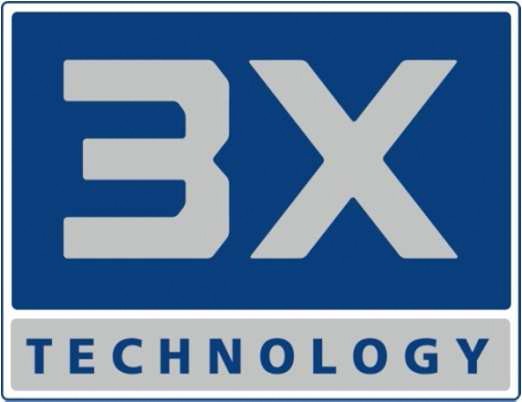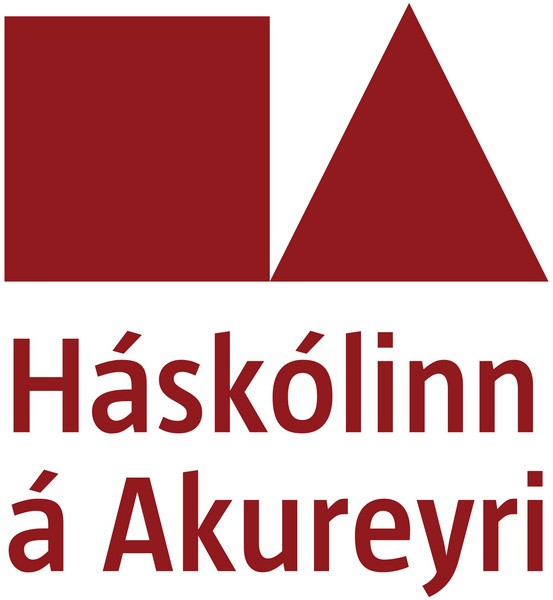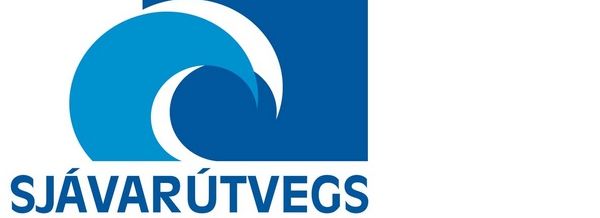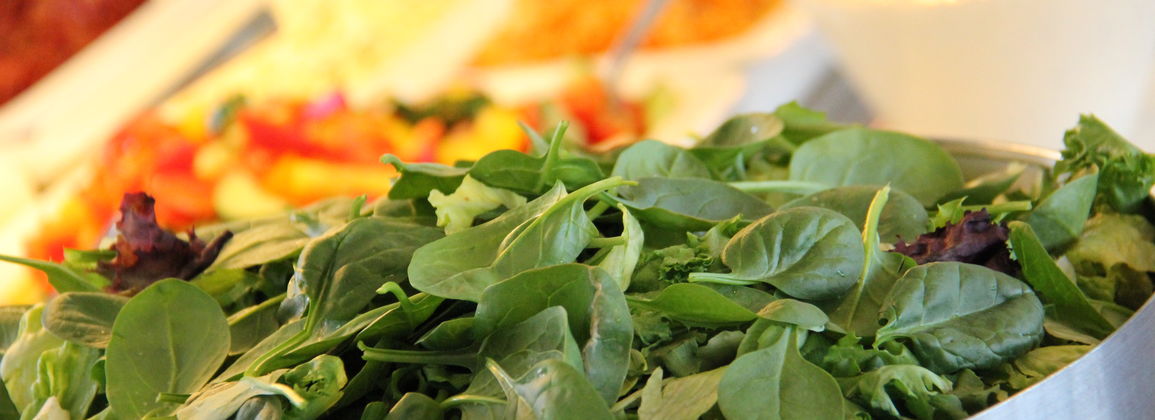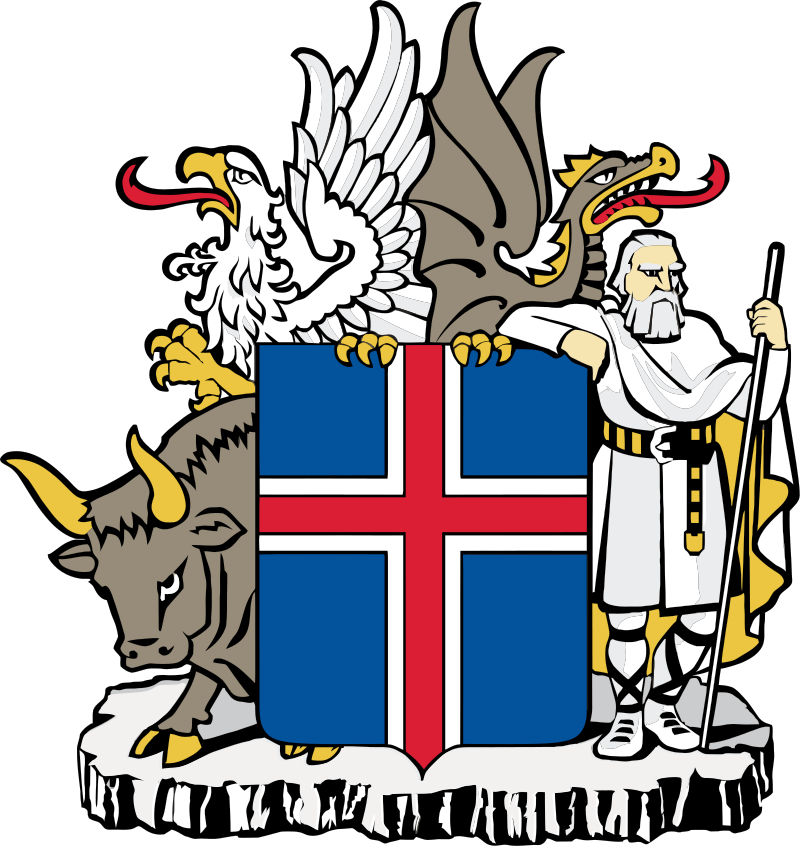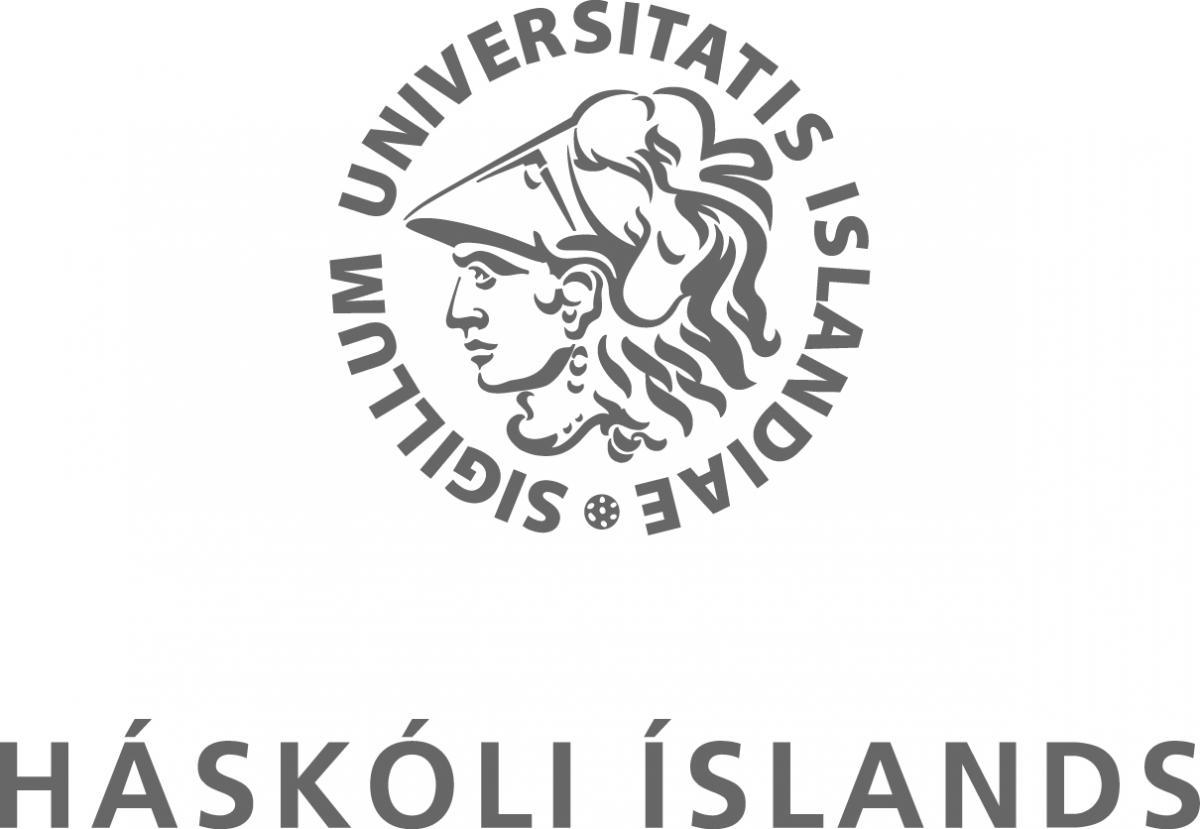The company 3X Technology in Ísafjörður is currently working on a research project on bleeding of line fish in small boats and the project is carried out in collaboration with Matís and the shipowners.
Matís strives to assist the food industry in the country in increasing value, improving utilization and better public health, with the above project working to increase value through better catch management that opens the way for better utilization. As the food industry plays an important role around the country, Matís has operations in many parts of the country, including Ísafjörður. Matís' office in Ísafjörður has an important role to play in bridging the gap between the business community and the scientific community. In Ísafjörður, a collaboration between 3X, small boat companies and Matís is currently underway, and Matís 'station manager in Ísafjörður enjoys the support of other experts and Matís' specialized employees in solving the project.
The above project is an example of how Matís' research, which in this case revolves around work for the benefit of 3X and in collaboration with small boat companies, includes benefits for all Icelanders. It is with the research that can be prepared for the development that maintains the quality of the catch. The handling of raw materials is very important for the possibilities for the production of various products.
"The operation of liner boats is especially important for coastal settlements in the Westfjords and has been an invaluable lever for rural development there throughout history," says Shiran Þórisson, CEO of the Westfjords Business Development Association. The company 3X Technology in Ísafjörður is currently working on a research project on bleeding of line fish in small boats, and recently received a grant from the Westfjords Growth Agreement, which is a joint project of the Ministry of Industry and Atvest. 3X Technology is working on the project in collaboration with Matís and the shipowners, who have developed new equipment for bleeding on board liner boats, and the equipment is called "Rotex". Shiran says that in recent times it has been pointed out that the virus of these boats is much more environmentally friendly than that of other fishing groups.
"Despite the many advantages of small boating, it also has its disadvantages. "There are especially known problems with maintaining the quality of the raw material after it comes on board, but since work space on board these boats is scarce, there has been a lack of proper handling of the catch on board," says Shiran, and says that this is especially true in terms of bleeding, but it has proved difficult to bring adequate equipment on board small boats. "Because of these quality problems, the image of small-scale fishing is not as positive as it would otherwise be, but in reality it is hardly possible to think of a fresher raw material than hooked fish," says Shiran.
Although research suggests that proper bleeding results in greater value for cod catches, this has not been conclusively demonstrated. Therefore, it was considered important to demonstrate with research that new equipment is suitable for use on board smaller liners and delivers better catch quality.
"The project, which is funded by the Westfjords Growth Agreement and the AVS Fund, will answer the question of whether it is better to let small boats catch bleeding in the" Rotex "equipment that 3X has designed based on the traditional method of small boats, or to let them bleed into ice scrapers. in fish baskets. We think it is better with the "Rotex" equipment than to do it with traditional methods. The task is to answer that, "says Shiran.
There is a lot at stake for 3X Techology, which estimates that production of this equipment can generate significant revenue in the future. Five hundred small boats had a catch limit or hook catch limit on 1 September 2011 and it was not known if any of them had bleeding equipment on board to ensure good bleeding of cod and haddock. If the functionality of the equipment can be demonstrated, it can be expected that a significant number of boats will invest in such equipment. "The production of Rotex equipment could generate significant revenue for 3X Technology, although the greatest benefit is the increased value creation of smaller liner vessels," says Shiran.
For further information Gunnar Þórðarson, station manager in Ísafjörður.
The above article is partly published first on Bæjarinn besta's website in Ísafjörður (www.bb.is, gudmundur@bb.is).

